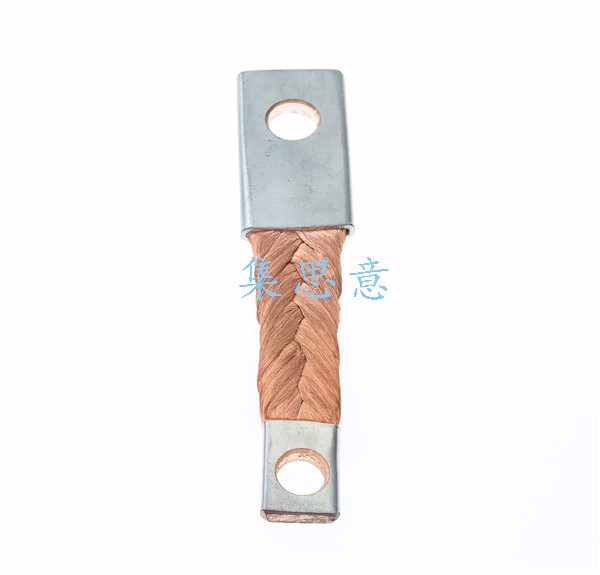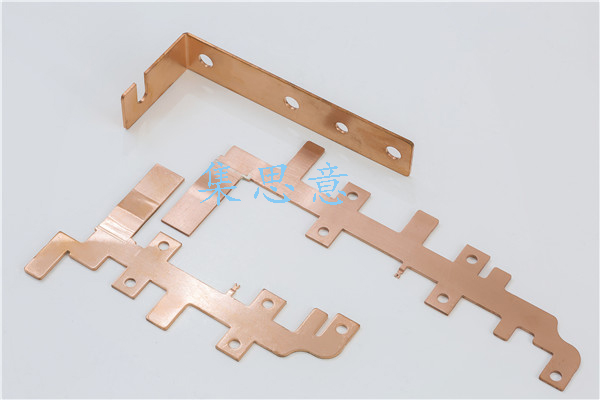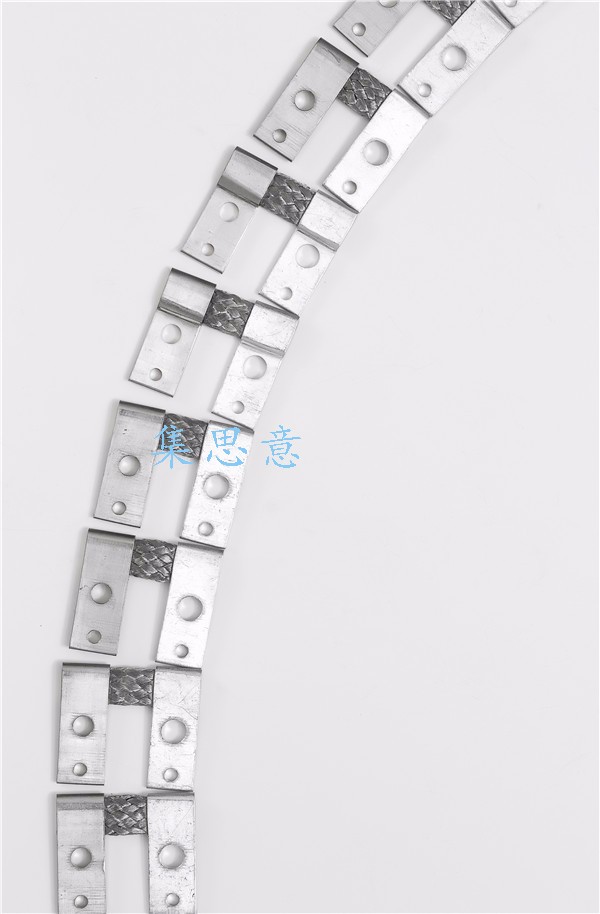A spiral cross-section braid refers to a braiding structure that presents a spiral-shaped cross-section in three-dimensional space, distinct from the traditional braids with "flat" or "round" cross-sectional forms. Its core feature is that during the braiding process, each strand (such as hair, rope, fiber, etc.) spirals upward around the central axis. The resulting braid not only has a twisting arc as a whole but also a cross-section that resembles the spiral contour of a "spring coil" - it retains the firmness of traditional braids while also possessing a stronger three-dimensional effect, elasticity, and decorative appeal due to its unique cross-sectional shape.
From a structural perspective, the formation of a spiral-section braid relies on "asymmetric braiding tension": during the braiding process, by deliberately adjusting the tightening force of different strands (such as making one side slightly looser and the other slightly tighter), or by alternating the twisting direction of the braiding units (such as alternating clockwise and counterclockwise), the braid naturally forms a spiral ascending trajectory. This structure enables the braid to exhibit a certain degree of elasticity when stretched (similar to the compressibility and extensibility of a spiral spring) and is less likely to come apart. It is commonly seen in handcrafts, clothing accessories, and home decorations.






